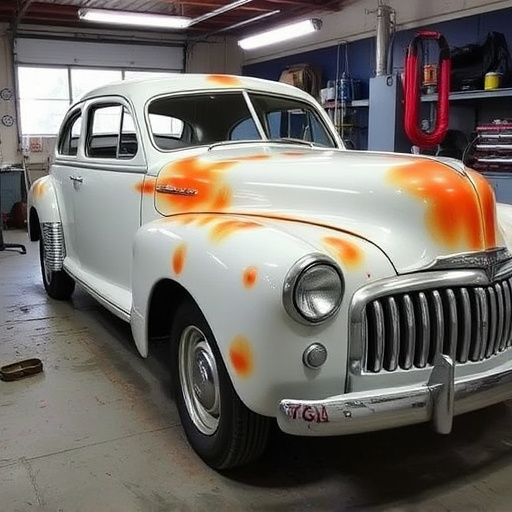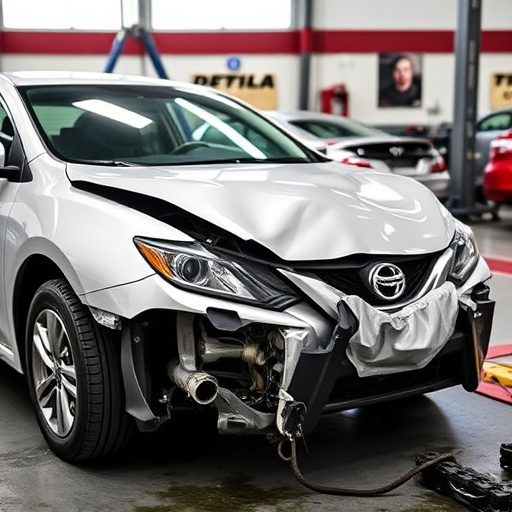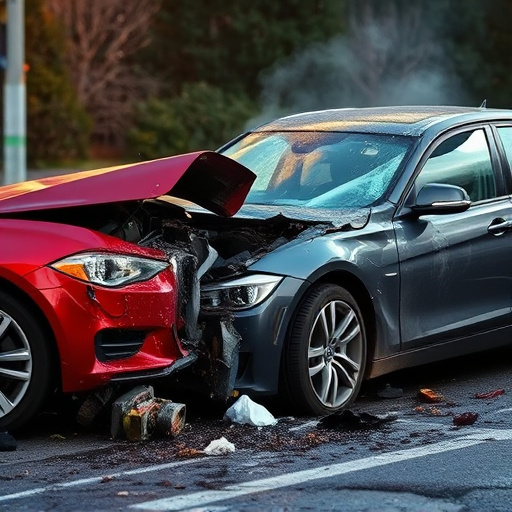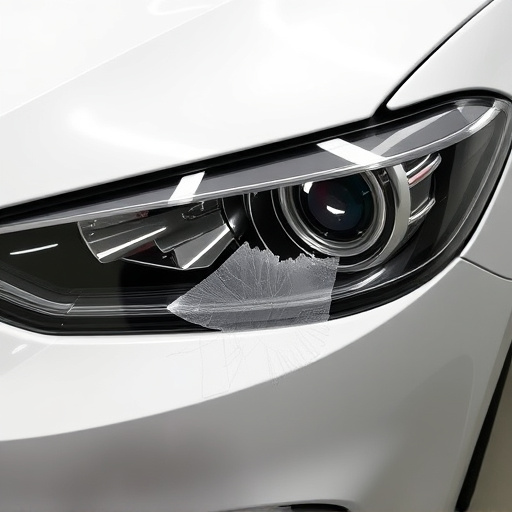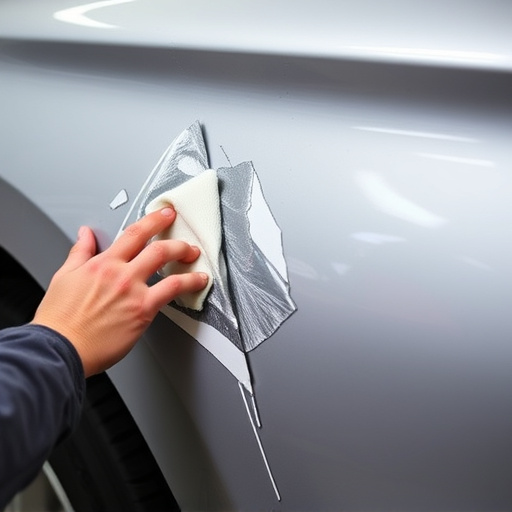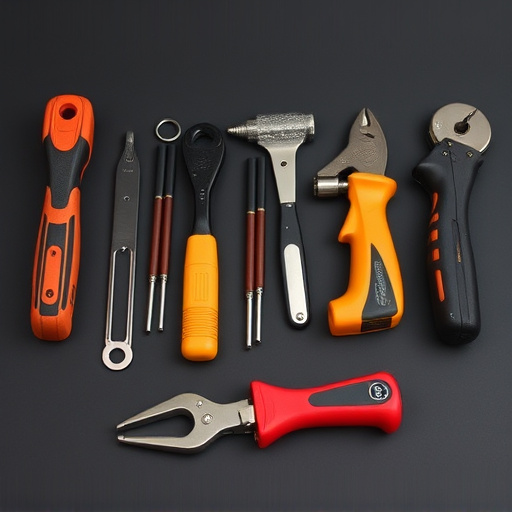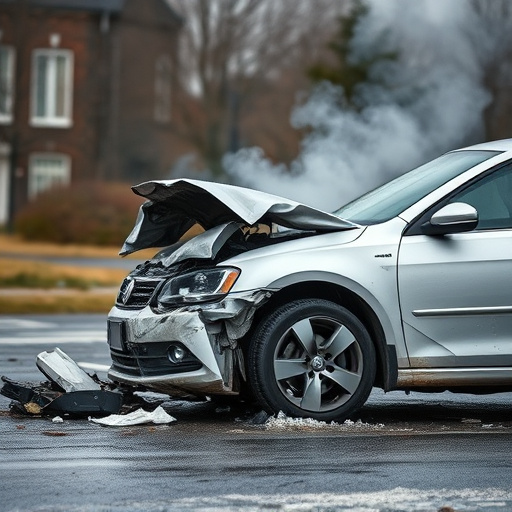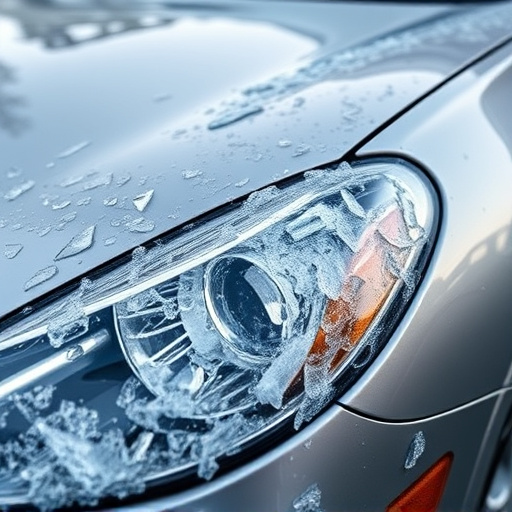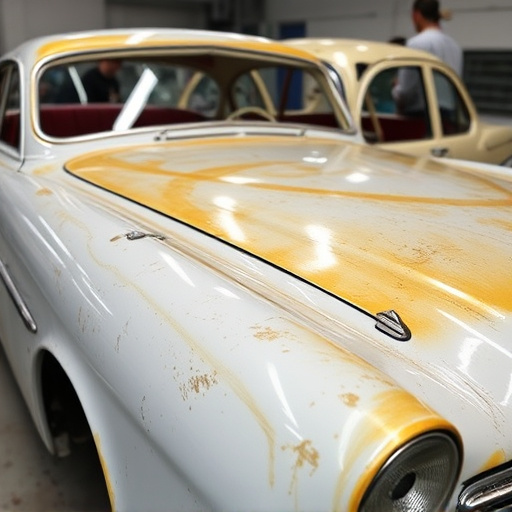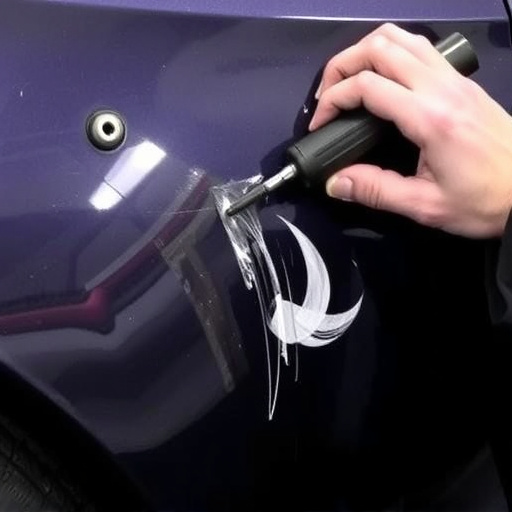Computerized diagnostics repair revolutionizes automotive maintenance by leveraging algorithms to interpret sensor data from vehicles, swiftly and accurately identifying issues ranging from engine malfunctions to collision damage or paintless dent repair. These systems equip mechanics with detailed reports, enhancing communication with customers and streamlining repairs for improved efficiency, safety, and satisfaction. Modern car body shops utilize specialized software and tools like scanning devices, CAD technology, and robotic systems to ensure precise repairs and consistent quality.
Computerized diagnostics repair is an evolving field, pivotal in maintaining modern vehicles. This comprehensive guide unravels the intricacies of these systems, offering insights into their functioning, key components, and essential repairs. From understanding complex algorithms to mastering repair techniques, we demystify computerized diagnostics. Learn about the core components that drive precision maintenance, enabling efficient identification and resolution of vehicle issues. Get equipped with knowledge on effective tools and methods for successful computerized diagnostics repair.
- Understanding Computerized Diagnostics Systems
- Core Components and Their Functions
- Common Repair Techniques and Tools
Understanding Computerized Diagnostics Systems
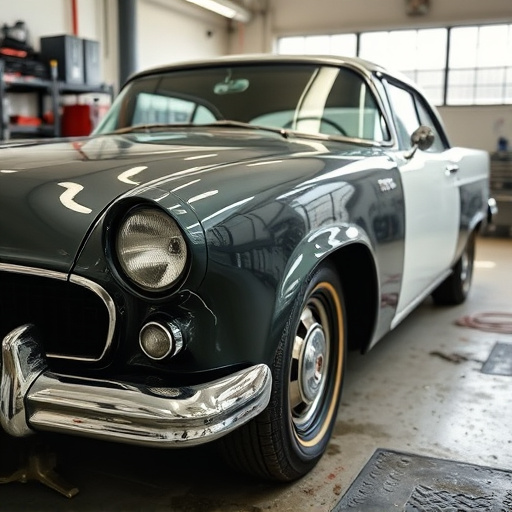
Computerized diagnostics systems are an integral part of modern automotive repair, revolutionizing how mechanics identify and address issues within a vehicle. These advanced tools act as sophisticated digital detectives, employing complex algorithms to interpret data from various sensors throughout a car’s network. By analyzing this data, they can pinpoint precise locations and types of problems, ranging from engine malfunctions to collision damage repair needs. This capability not only speeds up the diagnostic process but also enhances accuracy, ensuring that every issue is identified and addressed effectively.
These systems are particularly valuable in complex repairs, such as car body repair or even paintless dent repair, where a thorough understanding of a vehicle’s systems is crucial. They provide mechanics with detailed reports, making it easier to explain issues to customers and recommend the best course of action for computerized diagnostics repair. With their advanced capabilities, these tools are transforming the automotive industry, promoting efficiency, safety, and customer satisfaction in every repair process.
Core Components and Their Functions

The core components of computerized diagnostics repair form the backbone of efficient car body shop services. These include specialized software, advanced scanning tools, and a robust computer system that work in harmony to diagnose and fix issues within a vehicle’s electronic systems. The software, often proprietary to manufacturers, interprets data from sensors and modules, providing a detailed snapshot of the car’s performance and any potential problems. This digital diagnostics capability is pivotal for accurate identification of faults, especially with modern vehicles’ intricate computer networks.
Advanced scanning tools, another vital element, allow technicians to access real-time data from various systems, including engine control units (ECUs), transmission modules, and airbag control units. These tools facilitate precise troubleshooting, enabling the detection of even subtle anomalies that might escape manual inspection. Frame straightening techniques, while not directly part of computerized diagnostics, are often integrated into the overall car body shop services, ensuring structural integrity after repairs, aligning with the vehicle’s original specifications.
Common Repair Techniques and Tools

In the realm of computerized diagnostics repair, a multitude of techniques and tools are employed to ensure precise and efficient vehicle maintenance. Modern vehicles are equipped with complex onboard diagnostic systems that require specialized knowledge and equipment for effective repairs. Common repair methods involve the use of advanced scanning tools to read and interpret vehicle sensors, allowing technicians to diagnose issues accurately. These scanners can access real-time data from various systems, including engine management, transmission control, and even chassis dynamics.
One prevalent technique is computer-aided design (CAD) for vehicle body repair and dent removal. CAD software enables technicians to precisely measure and map the affected areas, facilitating accurate repairs. This digital approach streamlines the process of car dent removal by providing detailed visual guidance. Additionally, robotic systems are increasingly used in automated body shops, offering consistent and high-quality results for both structural repairs and cosmetic enhancements, such as vehicle dent repair.
Computerized diagnostics repair is a multifaceted field that leverages advanced technology to keep modern vehicles running smoothly. By understanding the key elements of these systems, from core components and their functions to common repair techniques and tools, technicians can efficiently diagnose and resolve issues, ensuring optimal vehicle performance. This knowledge is essential for anyone delving into the realm of computerized diagnostics repair, as it enables effective navigation through the intricate landscape of modern automotive technology.
